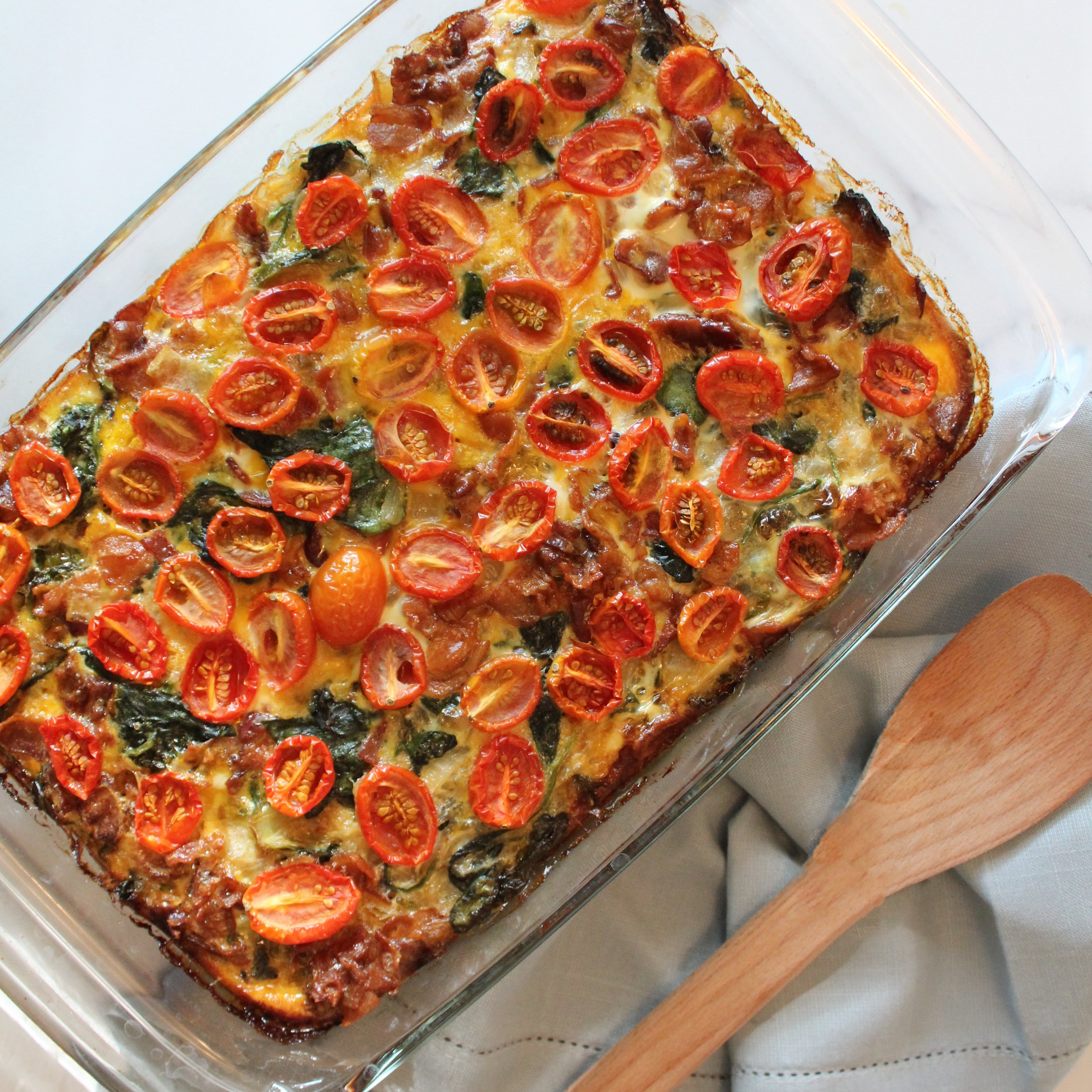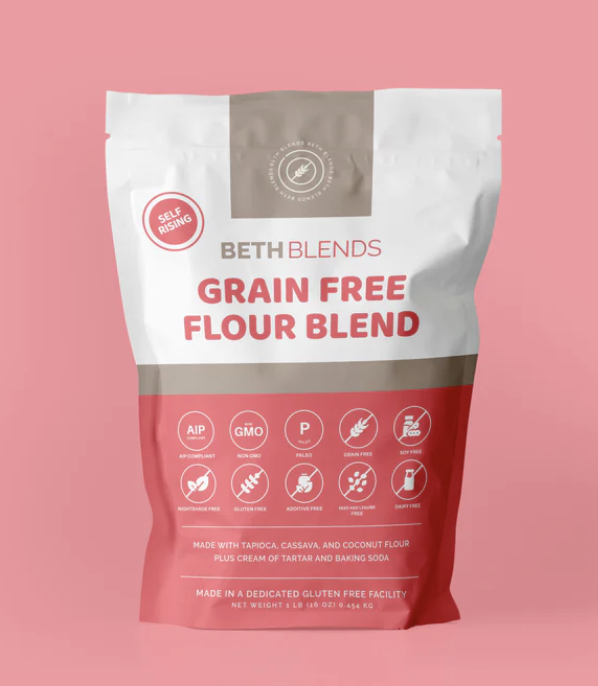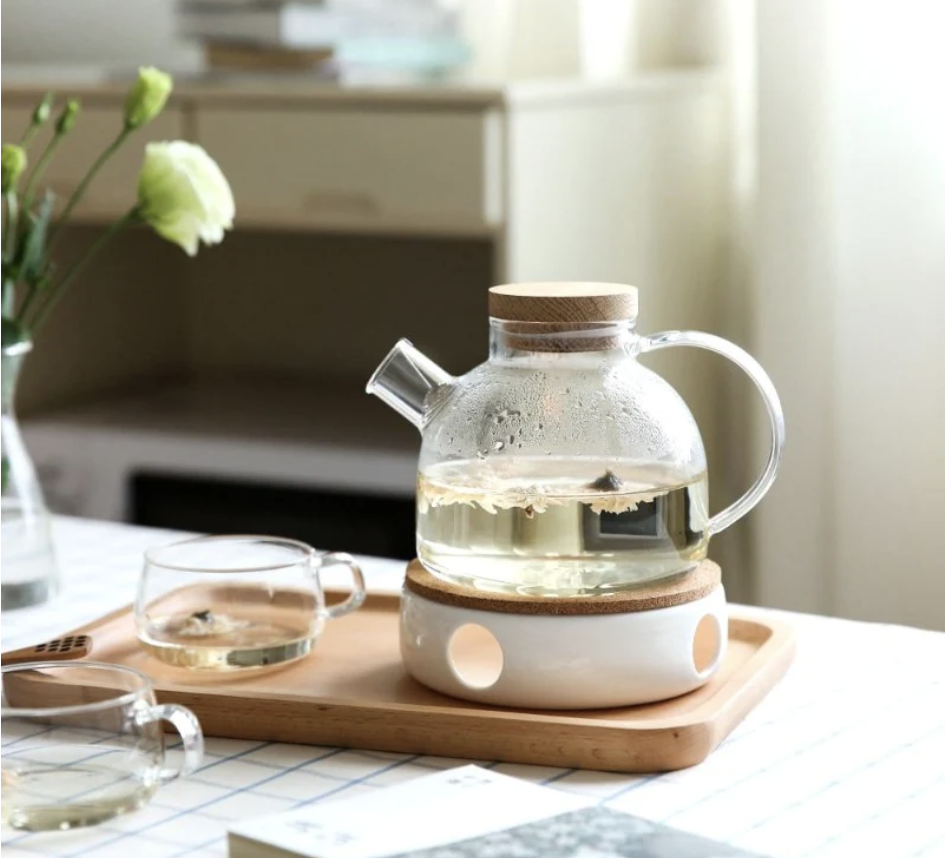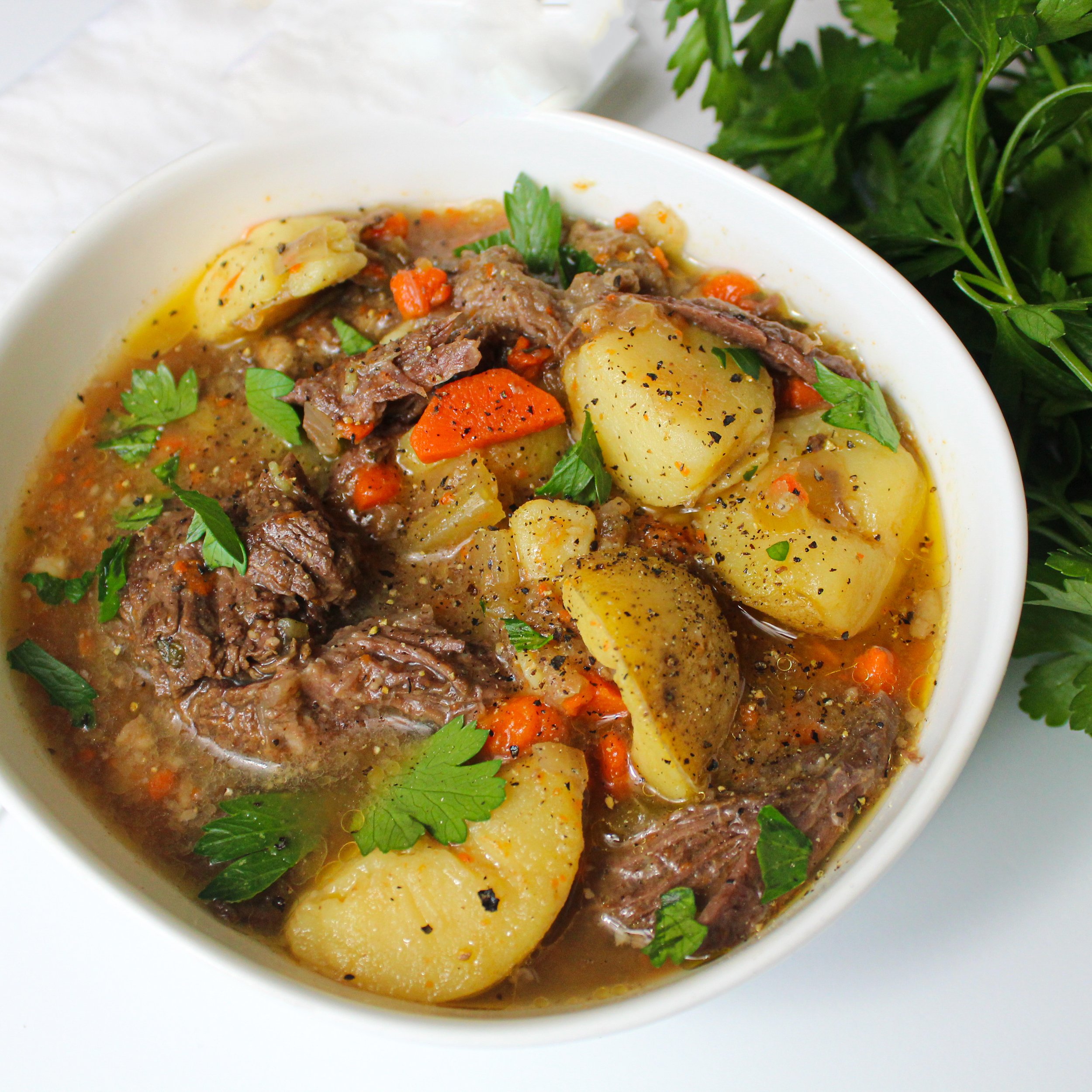Exploring the Purity and Allure of Extra Virgin Olive Oil with Alison Carroll
By Stacey Lindsay
One look at Wonder Valley, the naturalist collection of pure extra virgin olive oils and olive oil products, and you’d think its founder was obsessed with the gold liquid for their entire life.
In truth, Alison Carroll began looking closely at olive oil and its nuances when she started working at the California Olive Oil Council. “It was like discovering gold hiding in plain sight,” she tells us of what she learned. “I am someone who buys most of their produce at the farmers market, grew up working on farms, loves to forage, and has apprenticed in kitchens —but I never really gave much thought to olive oil.”
Once she started to dig in, learning about the notes, freshness, cultivation, and industry, Carroll fell deeper in love with olive oil. So much so that in 2014 she and her husband, Jay, launched Wonder Valley in Joshua Tree, California. The collection, which includes freshly harvested extra virgin olive oil from California and olive oil-based skin care products, is as aesthetically stunning as it is pure. Bottles that exude the bohemian allure of the high desert hold extra virgin olive oil, which is cold-pressed unrefined olive oil of the highest grade, that is fresh, buttery, and rich in polyphenols.
This is a bold mission, given how the olive oil industry is filled with companies claiming to offer a pure extra virgin product when they’re bottling stale, mixed, or even fraudulent oils. To this end, Carroll and her husband dedicate much of their energy to education around transparency, freshness, and all-around great oil.
We asked Carroll to fill us in on what to look out for when sourcing an extra virgin olive oil. She offers her expert insight, as well as why driving her own business for nearly the past decade has given her such purpose. “It feels like being in the California wine industry back in the 60s as it's just starting to take off,” she says. “I feel lucky to be involved at such an exciting time and to contribute to growing the awareness of California’s incredible olive oil industry.”
A Conversation with Alison Carroll of Wonder Valley
There are countless olive oil companies out there claiming to sell great extra virgin olive oil when they’re actually not. What concerns you in the olive oil industry that you’d like people to be aware of?
The process of certifying olive oil as extra grade is a rather complicated one. The first step is lab analysis, which is a straightforward process that will confirm things like the polyphenol count —which will tell us that it is, in fact, a freshly pressed, not old olive oil. Lab analysis also reveals any fraudulent oils that might be cut with seed oils or older virgin-grade oils. But it can miss a lot of the more nuanced defects that disqualify an oil from extra virgin grade—defects that only a trained professional olive oil panel can notice.
My former role was to oversee the taste panel for the California Olive Oil Council, the only one of its kind in North America. This organization was formed to put transparency on an unregulated industry and give meaning to the term ‘extra virgin’. There are counterpart panels throughout the world with the same task of sniffing and tasting any potential defects in the olive oils of their region. While the COOC’s panel does evaluate the majority of olive oils made in California (which really represents all domestic production), there is no requirement to submit your oil. The complications are that the evaluation is a human process, that it needs to happen annually with each harvest, that it's a voluntary process for producers, and that the number of trained olive oil tasters is eclipsed by the volume of olive oil out there and does not include imported oils.
If someone were to start investigating high-quality, pure olive oil, what are some things to watch out for?
Keep in mind that olive oil is a fruit juice, and unlike wine, it doesn’t age well. Olive oil’s enemies are light, time, and heat. Oxidation (the defect is called rancidity) is a very common issue for olive oil and even the best extra virgin grade oil will eventually turn rancid with time. This is why a harvest date is essential, so you know when it was made. Read the fine print on the label. The front label could say, for example, ‘Extra Virgin Olive Oil from Tuscany’ but on the back label you see ‘product of Tunisia, Italy, Spain, Greece.’ This is common for cheap olive oils. What this tells us is that it’s impossible to know really when this olive oil was made or to have transparency on the process of growing or production.
Alison Carroll with an olive oil harvest.
Glass or metal is best for storing, not plastic, which will make the oil more vulnerable to extreme temperatures. Dark glass will help with UV protection and extend the shelf life.
If you’re taking the time and care to invest in high-quality extra virgin olive oil enjoy it! A lot of our context with olive oil is that it’s this ubiquitous condiment and usually next to vinegar (which ages wonderfully). Don’t be precious with it and let it sit and collect dust. Store it away from direct heat or sunlight, not next to a sunny window or stove. A pantry is great.
Remember to use it up, cook with it—and savor it.
Why is a harvest date more important than an expiration date?
The harvest date is the most essential component on the bottle. Expiration dates can be arbitrary and overgenerous. When you see a harvest date, what you are buying is something that is freshly pressed and doesn’t have a long shelf life.
For your company, Wonder Valley, you pick your olives “under-ripe”? What benefits does this offer?
All olives start a pale green then mature to purple hues and then when fully ripe turn a deep black. It’s an easier process to harvest overripe olives. Think about any time you’ve picked fruit: it’s harder to pull that blueberry off the bush when it's green. Also, harvesting fruit that’s overly ripe and juicy gives a bigger yield. But harvesting olives on the greener side gives us an oil with a higher concentration of polyphenols, a longer shelf life, and a very bright and robust flavor that—to me—stands out. You can notice the olive oil in a dish.
What do you love most about olive oil?
I love that olive oil is both elemental and a common denominator. In most of our pantries is a bottle of olive oil. Even with the widespread food allergies and dietary preferences, olive oil is still something we all use, perhaps daily. And a very good olive oil can make something simple like a salad extraordinary.
Alison Carroll in the California desert.
To learn more about Wonder Valley and pure extra virgin olive oil, visit welcometowondervalley.com.





































